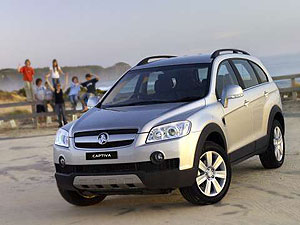 The new Holden Captiva 5 and Holden Captiva 7 were unveiled today and while there’s not much happening on the outside there have been some changes in the cabin and under the bonnet. Sadly though fuel consumption still seems to be something of an issue for the petrol version although Holden claim that the Captiva 7 is the most fuel efficient petrol seven-seater in its class.
The new Holden Captiva 5 and Holden Captiva 7 were unveiled today and while there’s not much happening on the outside there have been some changes in the cabin and under the bonnet. Sadly though fuel consumption still seems to be something of an issue for the petrol version although Holden claim that the Captiva 7 is the most fuel efficient petrol seven-seater in its class.
Exterior
On the outside the Holden Captiva 5 has a new grill and fog lamps while the Captiva 7 gets a slightly different hood, elongated headlamps and redesigned tail lamps.
The Captiva 5 rides on 17 inch alloys while the Captiva 7 rides on 19 inch alloys for the LX, 18 inchg alloys for the CX and 17 inch alloys for the SX.
The engine
Both the Captiva 5 and the Captiva 7 come with a choice of petrol or diesel engines. The Captiva 5 comes with either a four-cylinder petrol or diesel engine while the Captiva 7 adds the 3.0 litre SIDI V6 engine. Each is matched with a six-speed trtansmission.
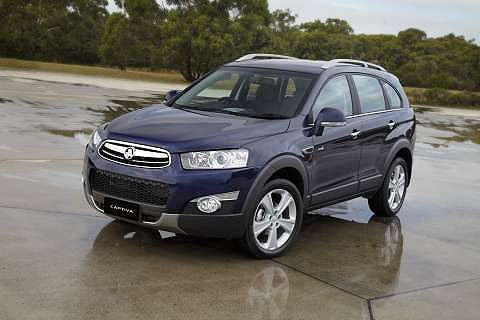
The diesel is a new 2.2-litre four-cylinder engine that features high-pressure common rail and integrated turbo-charging technologies that deliver 135kW of peak power and a gutsy 400Nm of peak torque.
Fuel consumption for the diesel is a reasonable 8.5L/100km combined cycle.
The 2.4 litre four-cylinder DOHC petrol engine comes with variable valve timing (VVT) technology that produces 123 kW of peak power and 230 Nm of peak torque. It produces 19 per cent more power than the previous four-cylinder engine in the earlier Captiva.
Fuel consumption for the four-cylinder petrol engine is 9.1L/100km combined cycle which makes you wonder what the consumption figure will be around town where most people will drive the Captiva.
Fuel consumption for the V6 is 11.3L/100km.
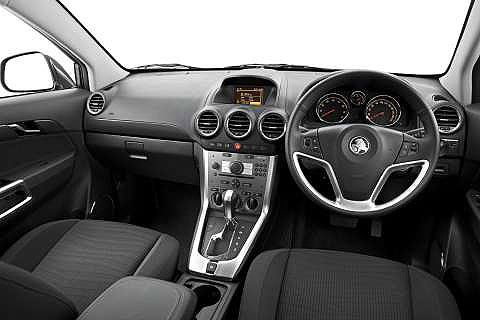
Interior
All Series II Captiva 7 models include MP3 compatible CD players with auxiliary input, Bluetooth® for hands-free calling or music streaming, plus air conditioning, leather wrap steering wheel and cruise control.
The CX model adds climate control, Sportec bolsters, driver information display and Rear Park Assist, while the range-topping LX adds leather appointed seat trim, Satellite Navigation, Rear View Camera, USB port and a 7-inch multifunction touch-screen.
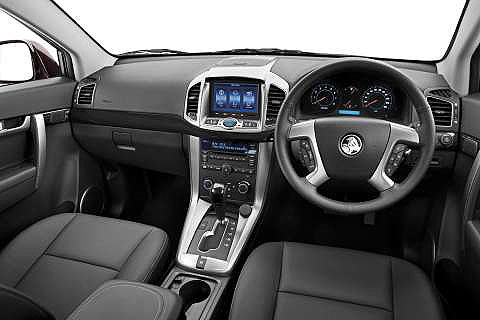
Flush-fold second and third row split seating gives the Captiva 7 the ability to change from a people carrier into a cargo carrier. There are plenty of storage spaces including centre console and second row armrest compartments, front and rear cup holders, and front and rear door pockets.
The inclusion of the electric park brake in both the Captiva 5 and Captiva 7 also creates more space by removing the bulky handbrake lever.
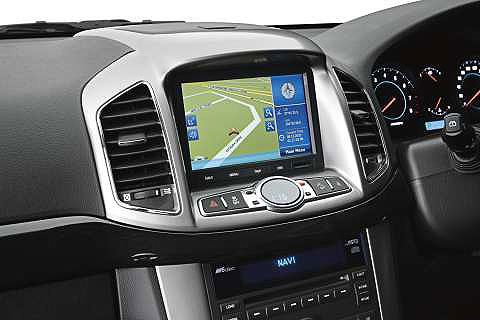
The Captiva 5 cabin is also equipped with stylish features including a six-disc MP3 compatible CD player, semi-automatic climate control system, leather wrap steering wheel, front and rear park assist, cruise control, trip computer and driver information display as standard.
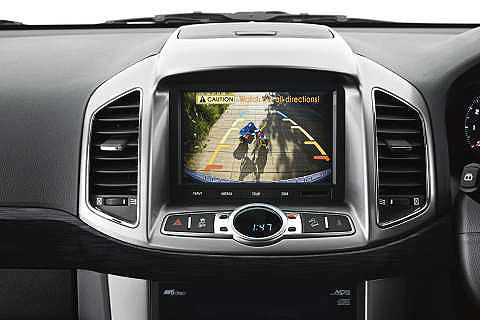
Safety
Side impact airbags are now standard on the new Series II Captiva 5 and Captiva 7.
Series II Captiva also sees the introduction of Hill Start Assist (HSA) technology across the Captiva range. It holds the vehicle on gradients of 3 per cent or steeper for 1.5 seconds after the brake pedal has been released, to assist in a smoother and safer drive away from standstill.
Captiva models are also fitted with a descent control system which maintains a slow speed for navigating steep downhill gradients.
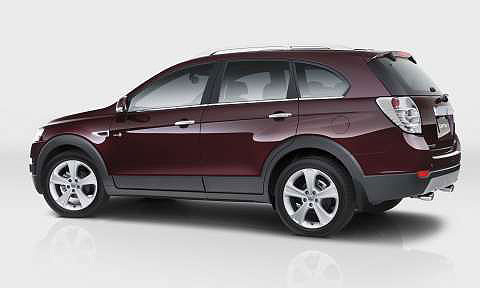
Front and rear park assist comes standard on Captiva 5 while Captiva 7 CX features rear park assist and Captiva 7 LX combines rear park assist with a standard rear-view camera.
Re-tuned chassis dynamics and improvements to steering feel contribute to a more refined ride quality and sharper handling feel. A hydraulic control feature automatically adjusts the suspension to maintain a level ride height on the Captiva 5 Diesel and all Captiva 7 models.
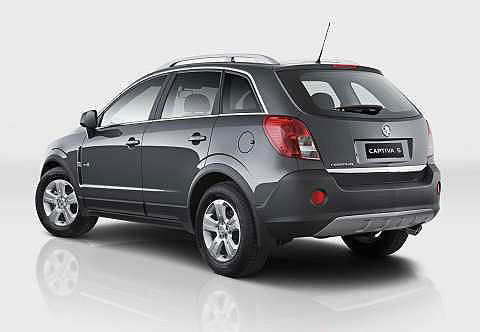
Pricing
The prices shown here do not include dealer delivery charges or government charges but they do include a sizeable cut on the prices on most variants compared to the previous model.
Series II Captiva 7
- SX 2WD 4-cyl A/T $32,490
- SX 2WD Diesel A/T $35,490
- CX AWD Petrol A/T $38,490
- CX AWD Diesel A/T $39,490
- LX AWD Petrol A/T $42,490
- LX AWD Diesel A/T $43,490
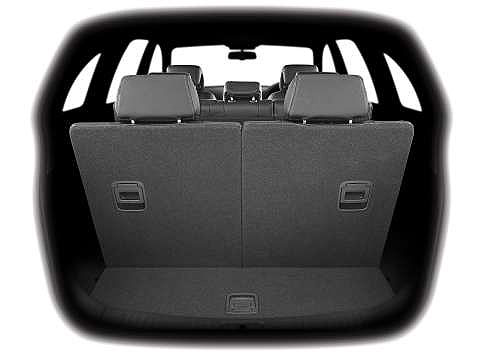
Series II Captiva 5
- 2WD 4-cyl M/T $27,990
- 2WD 4-cyl A/T $29,990
- AWD Diesel A/T $33,990
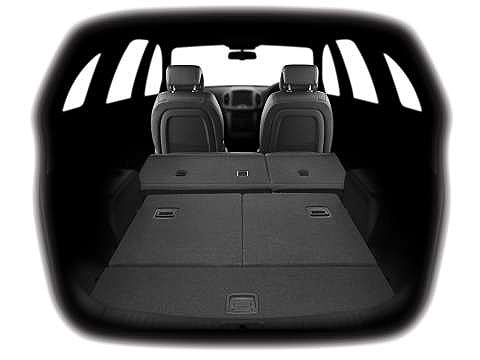
The Series II Captiva 5 and Series II Captiva 7 hit the showrooms in mid-March.
2 thoughts on “Holden Series II Captiva 5 and Series II Captiva 7”
Comments are closed.
Ancap rating is now 5 star in keeping with the US equivalent.
Have heard that 19 inch wheels although stylish tend to give choppier ride. Any confirmation on that?
Scouring forums diesel fuel usage seems all over the place. I’m aware different driver styles might account for that but 8.5 litres / 100 combined seems generous.
Hopefully will pick one up early 2012.
Stan I haven’t heard anything about wheel size having any impact on the ride and I don’t see why it would … although I’m not an engineer so I really don’t know.
As for the fuel consumption … well we haven’t tested on here at AussieMotoring yet … and probably won’t so I can’t help you with any personal experiences of fuel consumption but I will say this …
We’ve tested a number of Holdens over the last year or so and with everything but the Holdens from Korea we’ve been able to produce better fuel consumption figures than the ones Holden publishes.
But when it came to the Cruze II (still to be published) and the Series 1 Captiva we couldn’t get near Holden’s figures at all. We think that the Cruze II is a great car – we had a ball in it.
We don’t have the same warm fuzzy feelings for the first Captiva. We did do a road test on the Series 1 back in 2010 but we’ve never published it for a variety of reasons.
Hopefully things have improved with the Series II.
Stuart